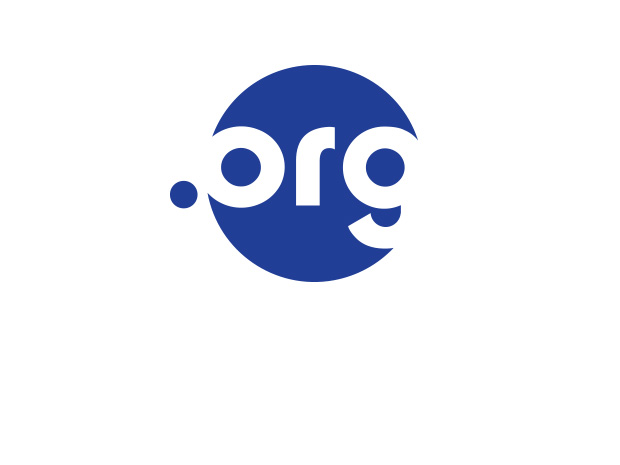2. Run Frequent Updates
From updating passwords to double checking privacy settings, doing your due diligence to keep computer network and device security current is essential to defend against threats. Running software updates on all your devices allows systems to upgrade security programs.
Although it can be a hassle, changing passwords often is the best defense against the risk of your data being compromised from a hack. Experts suggest utilizing a multi-factor authentication to prevent falling victim to phishing scams that often take aim at staff’s identity information.
3. Download anti-malware
Downloading virus protection or anti-malware software is an easy step in the right direction to defend your organizational data from being lost or compromised by a hack or cybercrime. The software will work behind the scenes to detect viruses on your devices and remove malicious software before it can cause harm. This not only enhances the lifespan of your device, but protects your data from external threats.
4. Monitor your activity
When keeping an eye out for security breaches, you’ll want to monitor the activity coming from your computer. You can do this by checking your computer’s browser for irregular activity and watch for disappearing files, both indications that your system may be infected with a virus.
There are also companies that can help monitor for your organization on the dark web. Should you be victim of a breach, or suspect a breach, you can specify data to be searched for – financial account numbers or even donor email addresses you’ve collected over the years – through cyber monitoring. While potentially costly, the extra monitoring by professionals can assist in confirming any data that has been stolen from you and help you develop a response plan to a potential breach.
As part of a concerted digital security plan, it is important for nonprofit organizations to set aside time to back up important files and to give computer networks and devices the thorough security attention they deserve. It can make the difference between safeguarding mission-critical information and losing it all in an instant.

